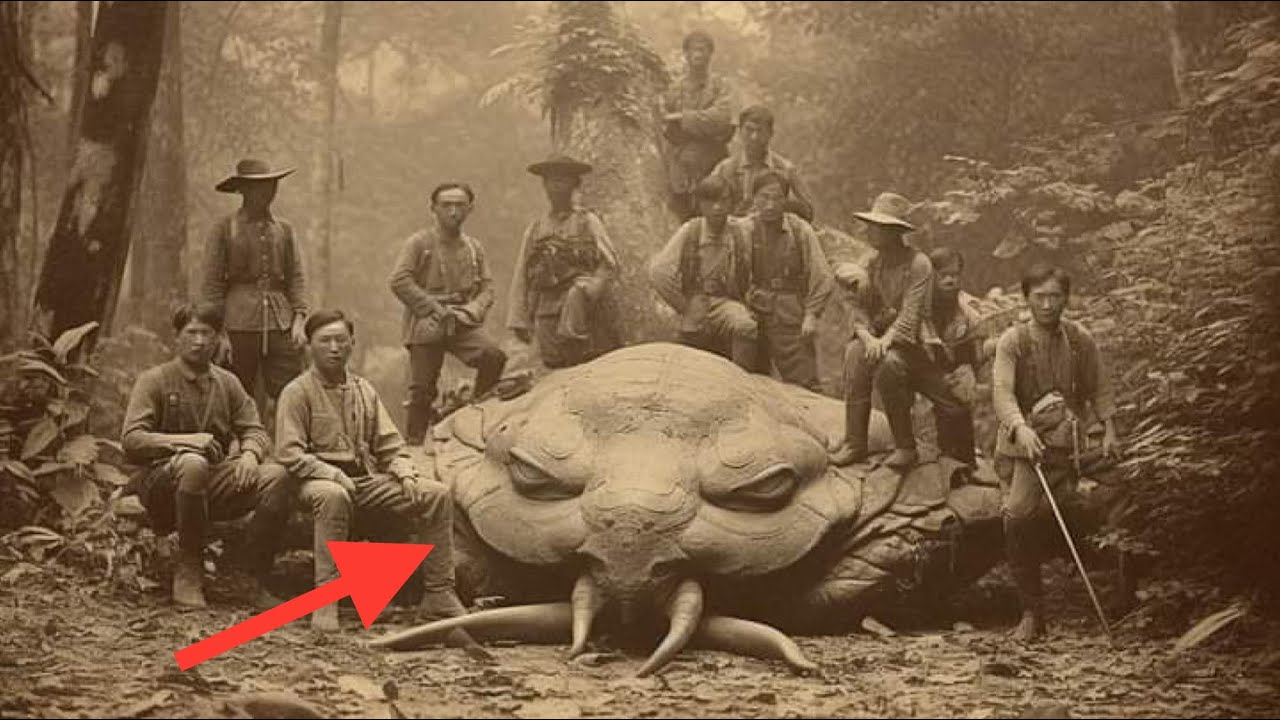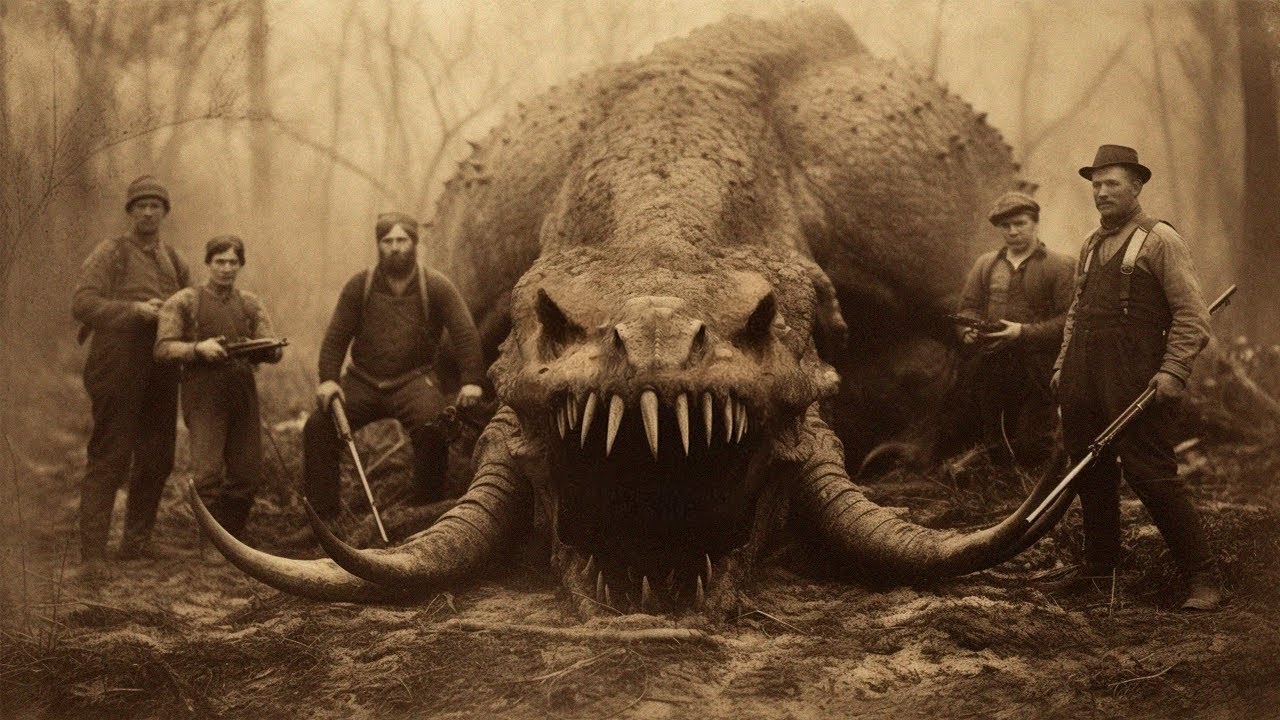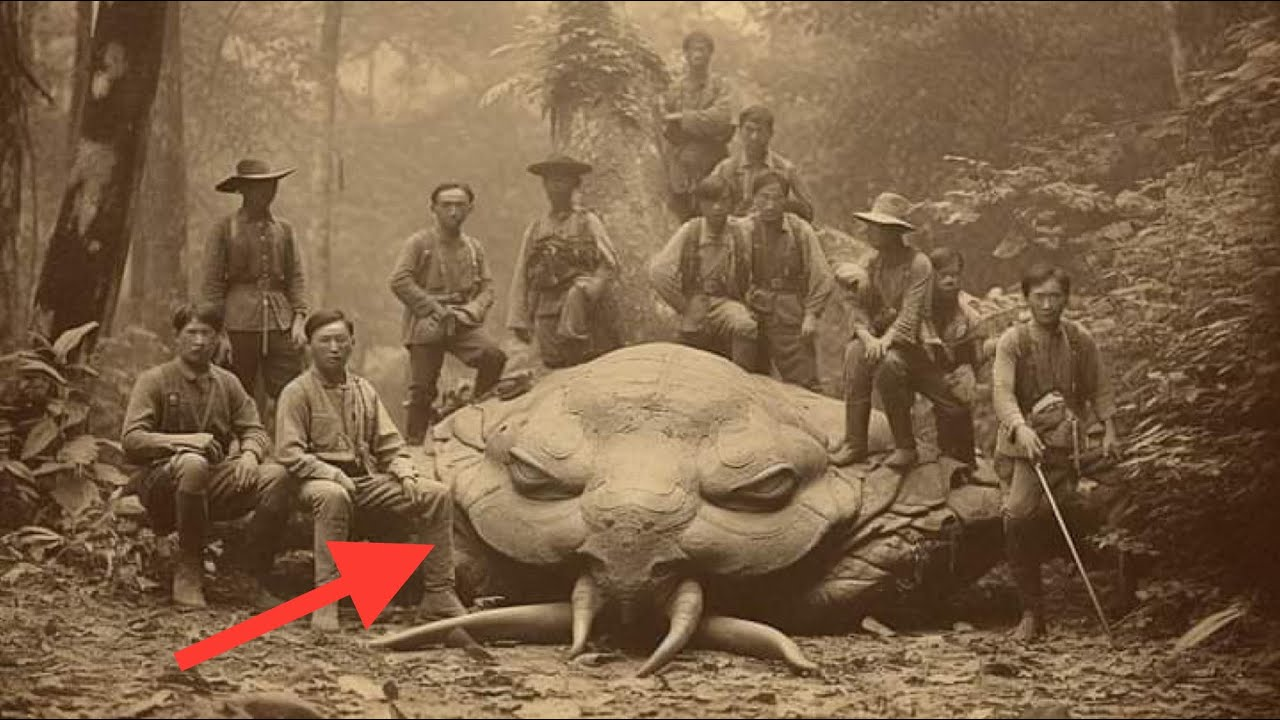The reign of King Rama V, also known as King Chulalongkorn, is celebrated as a period of modernization and progress for Thailand. His leadership, from 1868 to 1910, brought about significant social, economic, and political reforms that helped shape the nation into what it is today. However, amidst these advancements, there were tales and accounts of mysterious creatures that roamed the land, hidden away from the eyes of the common people. These stories, often passed down through generations, offer a fascinating glimpse into the folklore and cultural beliefs of the time.

### The Enigmatic Creatures of the Chulalongkorn Era
Throughout King Rama V’s reign, Thailand was a land steeped in tradition, and the unexplained often intertwined with daily life. Reports of strange creatures, from spirits to mythical beasts, were not uncommon. Many of these creatures were believed to inhabit remote areas, such as dense jungles, mountains, and rivers, far from the bustling cities undergoing transformation under the King’s rule.

1. **The Naga: Serpent Guardians of the Waters**
One of the most prominent mythical creatures in Thai folklore is the Naga, a serpent-like being that is said to dwell in the rivers and seas. The Naga were believed to be protectors of water bodies, offering blessings and protection to those who honored them. During King Rama V’s reign, sightings of Nagas were often reported by fishermen and villagers living near rivers. These reports described the creatures as enormous serpents with scales that shimmered like precious gems.

The Naga was not merely a creature of legend; it held a significant place in the cultural and religious life of the time. Many temples and structures built during King Rama V’s reign feature Naga motifs, reflecting the deep-seated belief in these guardian creatures. The Naga was seen as a symbol of power, protection, and prosperity, and its presence in stories from this era highlights the enduring connection between the Thai people and their myths.
1. **The Krasue: A Terrifying Specter of the Night**
In stark contrast to the protective Naga, the Krasue was a creature that evoked fear and dread. Described as a disembodied head with internal organs trailing below it, the Krasue was believed to haunt rural villages, searching for food, particularly raw flesh and blood. This creature was often said to be a woman cursed or transformed through black magic, doomed to roam the night in search of sustenance.
The reign of King Rama V saw the spread of these chilling tales, especially in rural communities where superstition was deeply rooted. People took precautions against the Krasue, such as placing thorny branches around their homes to ward it off. The Krasue represents the darker side of Thai folklore during King Rama V’s time, embodying fears of the unknown and the supernatural.
1. **The Garuda: A Symbol of Strength and Royalty**
The Garuda, a mythical bird-like creature that is part eagle and part human, holds a prominent place in Thai mythology. During King Rama V’s reign, the Garuda was more than just a mythical creature; it was an emblem of the monarchy and a symbol of strength, power, and authority. The Garuda is often depicted in royal regalia, representing the King’s divine right to rule.
In this period, tales of the Garuda were not just confined to temples and palaces. Stories of sightings or encounters with the Garuda were said to be signs of good fortune or divine favor. The creature’s presence in folklore during King Rama V’s era underscores the link between the monarchy and the spiritual world, a connection that was vital to the cultural identity of the time.
1. **The Phi Pop: Spirits of the Forests**
The forests of Thailand, dense and mysterious, were believed to be home to numerous spirits, known as Phi. Among these, the Phi Pop was particularly feared. Unlike other spirits, the Phi Pop was believed to possess humans, causing illness or even death. The Phi Pop was said to be a malevolent spirit, often linked to black magic or curses.
During King Rama V’s reign, reports of Phi Pop sightings and possessions were taken seriously, especially in rural areas where traditional beliefs were strong. Shamans and spiritual healers were often called upon to exorcise these spirits, performing elaborate rituals to cleanse the affected individuals. The fear of the Phi Pop reflects the complex relationship between the people of the time and the unseen world, where spirits and creatures influenced daily life.
1. **The Kinnaree: Guardians of the Celestial Realm**
The Kinnaree, half-woman and half-bird, is a creature of beauty and grace found in Thai mythology. During King Rama V’s reign, the Kinnaree was celebrated as a symbol of femininity, elegance, and celestial connection. These creatures were believed to inhabit the mystical forests of Himavanta, where they would dance and sing, bringing joy to those who encountered them.
In the cultural landscape of King Rama V’s era, the Kinnaree was often featured in literature, art, and royal ceremonies. Their image was used to convey ideals of purity and virtue, and they were often invoked in stories as guides or protectors. The presence of the Kinnaree in the folklore of this period highlights the reverence for nature and the divine feminine, themes that were integral to the spiritual life of the Thai people.
### The Cultural Significance of Folklore in King Rama V’s Reign
The tales of mysterious creatures from King Rama V’s reign are more than just stories; they are windows into the cultural and spiritual world of Thailand at the time. These myths provided explanations for natural phenomena, moral lessons, and a sense of connection to the past. They also reflect the coexistence of progress and tradition, as Thailand navigated its way through a period of rapid change under King Rama V’s guidance.
As Thailand modernized, these stories remained an important part of the cultural fabric, reminding the people of their roots and the mysteries that lay beyond the reach of reason. The creatures of King Rama V’s era continue to inspire fascination and wonder, serving as a testament to the rich tapestry of Thai mythology and its enduring legacy.
### The Legacy of Hidden Creatures
The hidden creatures of King Rama V’s reign, whether protectors, demons, or divine beings, offer a glimpse into a world where the mystical was an integral part of life. These tales have survived through the centuries, carried forward by storytelling, art, and cultural traditions. They serve as reminders of a time when the line between the seen and the unseen was thin, and when every shadow or rustle in the forest could be a sign of something otherworldly.
In a modern world that often seems disconnected from the mysteries of the past, these stories invite us to reconnect with the rich heritage of Thai folklore. As we look back on King Rama V’s reign, we find that the creatures of his time are not merely relics of a bygone era but living symbols of the enduring power of myth and the imagination.

